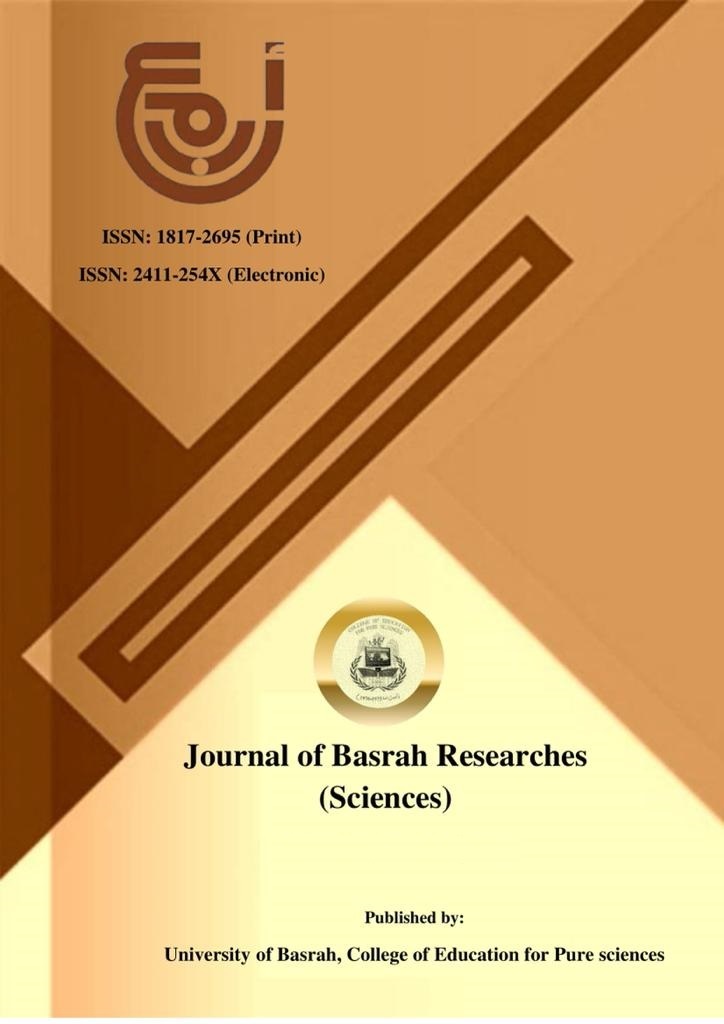Abstract
Abstract
The aim of this study is to investigate a conduction heat transfer phenomenon in Aluminum metal rod. Finite volume method has been used as a numerical technique to simulate the study in addition to finite difference method for more details. Both methods were compared to the exact solution which has been performed and utilized as a base line for the physical case in current study. Due to its widespread applications, Aluminum material has been used as a viable metal for the solid rod in this study. The Aluminum rod length and diameter were (10 cm) and (1 cm) respectively. The Aluminum rod has been set into a computational domain of air for the convection case to be taken into account. The computational domain of the air length and diameter were (12 cm) and (2 cm) respectively. The left side of the Aluminum rod has been set at temperature of (700 K) and the right side at (300 K). The surrounding computational domain of the air has been set at (300 K). Energy equation has been solved numerically to visualize and calculate the temperature distribution along the Aluminum rod. The results showed that there was good approach between finite volume and finite difference methods in one-dimensional temperature distribution. Hence, in addition to the fact that finite volume is crucial technique in all directions and used in more complicated applications, finite difference is still important method in one dimensional case as well. Moreover the results showed that volumetric heat source raises the temperature of the material during heat transfer operation. Also, the three methods, finite volume, finite difference and exact solution have showed good approach
The aim of this study is to investigate a conduction heat transfer phenomenon in Aluminum metal rod. Finite volume method has been used as a numerical technique to simulate the study in addition to finite difference method for more details. Both methods were compared to the exact solution which has been performed and utilized as a base line for the physical case in current study. Due to its widespread applications, Aluminum material has been used as a viable metal for the solid rod in this study. The Aluminum rod length and diameter were (10 cm) and (1 cm) respectively. The Aluminum rod has been set into a computational domain of air for the convection case to be taken into account. The computational domain of the air length and diameter were (12 cm) and (2 cm) respectively. The left side of the Aluminum rod has been set at temperature of (700 K) and the right side at (300 K). The surrounding computational domain of the air has been set at (300 K). Energy equation has been solved numerically to visualize and calculate the temperature distribution along the Aluminum rod. The results showed that there was good approach between finite volume and finite difference methods in one-dimensional temperature distribution. Hence, in addition to the fact that finite volume is crucial technique in all directions and used in more complicated applications, finite difference is still important method in one dimensional case as well. Moreover the results showed that volumetric heat source raises the temperature of the material during heat transfer operation. Also, the three methods, finite volume, finite difference and exact solution have showed good approach
Keywords
Conduction Heat Transfer
Finite Difference method
Finite Volume method
